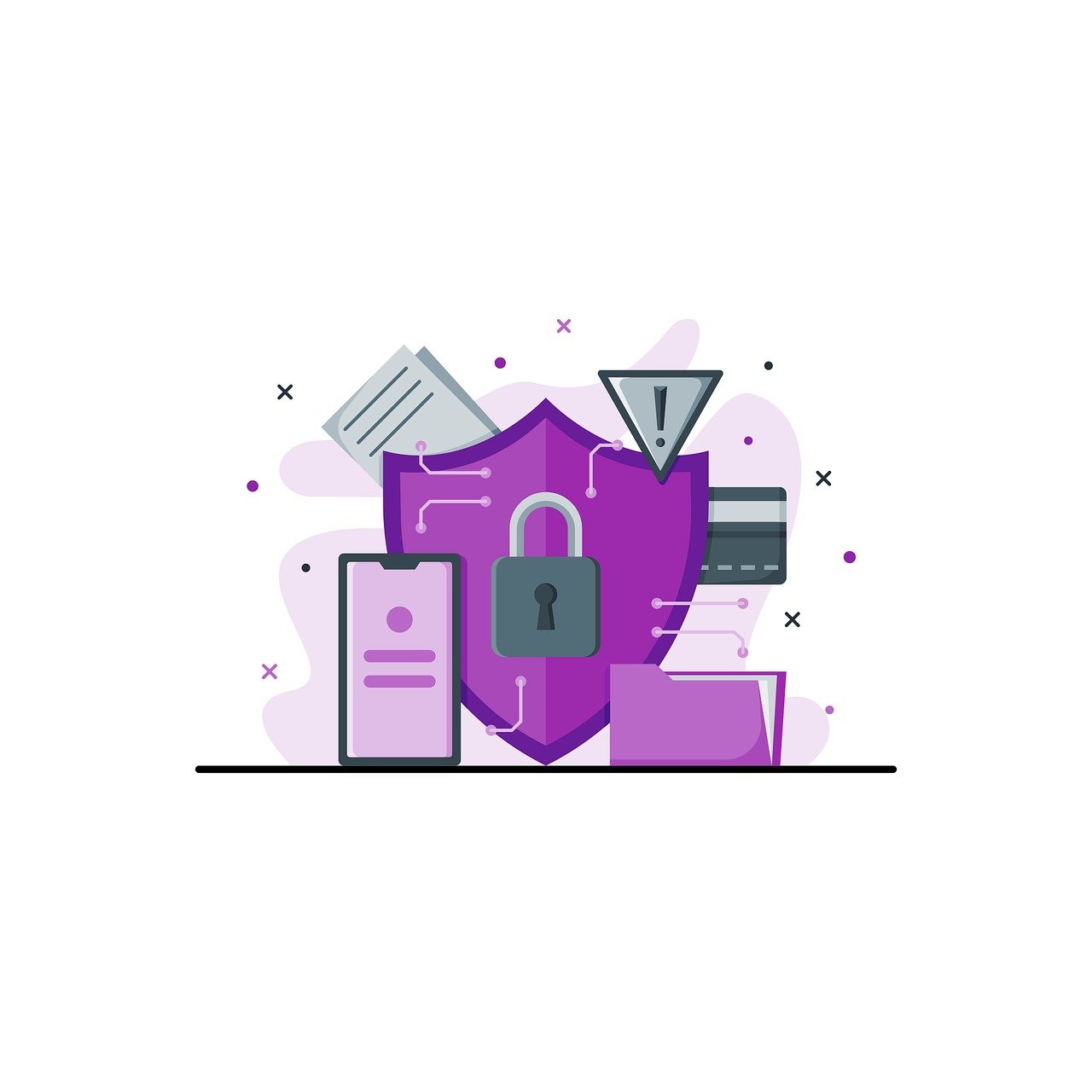As cybercrime grows more sophisticated, malware threats are evolving faster than ever. Today’s malicious software isn’t just annoying—it’s stealthy, adaptive, and dangerous. From shapeshifting code to invisible infections, new types of malware are specifically designed to outsmart your defenses.
Whether you’re a business owner, employee, or casual internet user, staying informed is your first line of protection. Here are seven of the most advanced and deceptive malware threats to watch out for—and how to protect yourself.
1. Polymorphic Malware
Polymorphic malware mutates its code every time it replicates, making it extremely difficult for traditional antivirus tools to detect. It combines self-replicating code with a mutation engine, so it never looks the same twice.
The core virus is encrypted and paired with a decryption routine, which changes shape constantly. Techniques like dead-code insertion, instruction substitution, and register reassignment help these threats dodge detection. Polymorphic malware was behind some of the largest malware outbreaks in recent years, targeting businesses with evolving variants that adapt faster than security tools can respond.
2. Fileless Malware
Unlike traditional threats, fileless malware doesn’t install anything on your hard drive. Instead, it hides in your system’s memory (RAM) and uses legitimate tools like PowerShell or WMI to run malicious scripts.
Because it doesn’t leave a digital footprint, this malware can’t be detected by many endpoint protection systems. Fileless attacks typically start via phishing emails and escalate quickly, often breaching entire networks. This makes it a top concern for managed IT and cybersecurity teams alike.
👉 Related reading: Why Every Business Needs Endpoint Protection
3. Advanced Ransomware
Advanced ransomware has become more dangerous—and more personal. These malware threats now not only encrypt your data but also exfiltrate it before locking you out.
Victims are pressured to pay not just to regain access, but to prevent their private data from being published online. This double-extortion tactic is common in sectors like healthcare, law, and finance, where data privacy is paramount.
According to CISA, ransomware incidents are increasing in frequency, scope, and impact.
4. Social Engineering Malware
Sometimes the weakest link is human. Social engineering malware tricks users into clicking malicious links or installing disguised programs by mimicking trusted entities.
These attacks are tailored to target individuals—using tactics like spear phishing or business email compromise (BEC)—and rely on psychological manipulation rather than brute force. Once access is granted, the attacker can quickly move laterally across systems.
5. Rootkits
Rootkits give attackers backdoor access to your system—often without your knowledge. They can deactivate antivirus software, log keystrokes, install spyware, and change system configurations to avoid detection.
Some rootkits are embedded during phishing or software vulnerabilities, allowing long-term surveillance and control over your machine. Once installed, they’re notoriously difficult to remove without reformatting the device entirely.
6. Spyware
Spyware silently tracks your activity and captures personal or financial data. It’s often bundled with legitimate software or hidden in browser extensions and app downloads.
Once installed, spyware monitors your keystrokes, screens, and internet activity. It can harvest everything from banking logins to medical records. If your systems slow down unexpectedly or browser settings change without your input, spyware could be the culprit.
7. Trojans
Trojans disguise themselves as safe files or software, tricking users into downloading them. Once activated, they can steal credentials, delete files, spy on activity, and even turn your system into a bot for launching other attacks.
Trojan malware is frequently spread through phishing emails, spoofed websites, or malicious ads. Because they rely on user action to spread, employee cybersecurity training is essential for prevention.
How to Protect Yourself from Malware Threats
Modern malware threats are fast, silent, and smarter than ever. But there are still proactive steps you can take to reduce your risk:
Use next-generation endpoint protection software that can detect fileless and polymorphic attacks.
Train staff to recognize phishing and social engineering scams.
Keep all operating systems and applications updated with the latest security patches.
Use application whitelisting and restrict admin privileges whenever possible.
Back up important data frequently—and test those backups regularly.
Monitor unusual system behavior and network activity with a managed detection and response (MDR) solution.
Stay One Step Ahead of Malware Threats
New forms of malware threats are emerging constantly. Many of them operate in the background, undetected, until it’s too late. By staying educated and using layered security, you can drastically reduce your exposure to these risks.
If you’re unsure whether your business is protected against modern malware, contact us today for a cybersecurity assessment. We’ll help you identify vulnerabilities and build a plan to keep your systems—and your data—secure.





